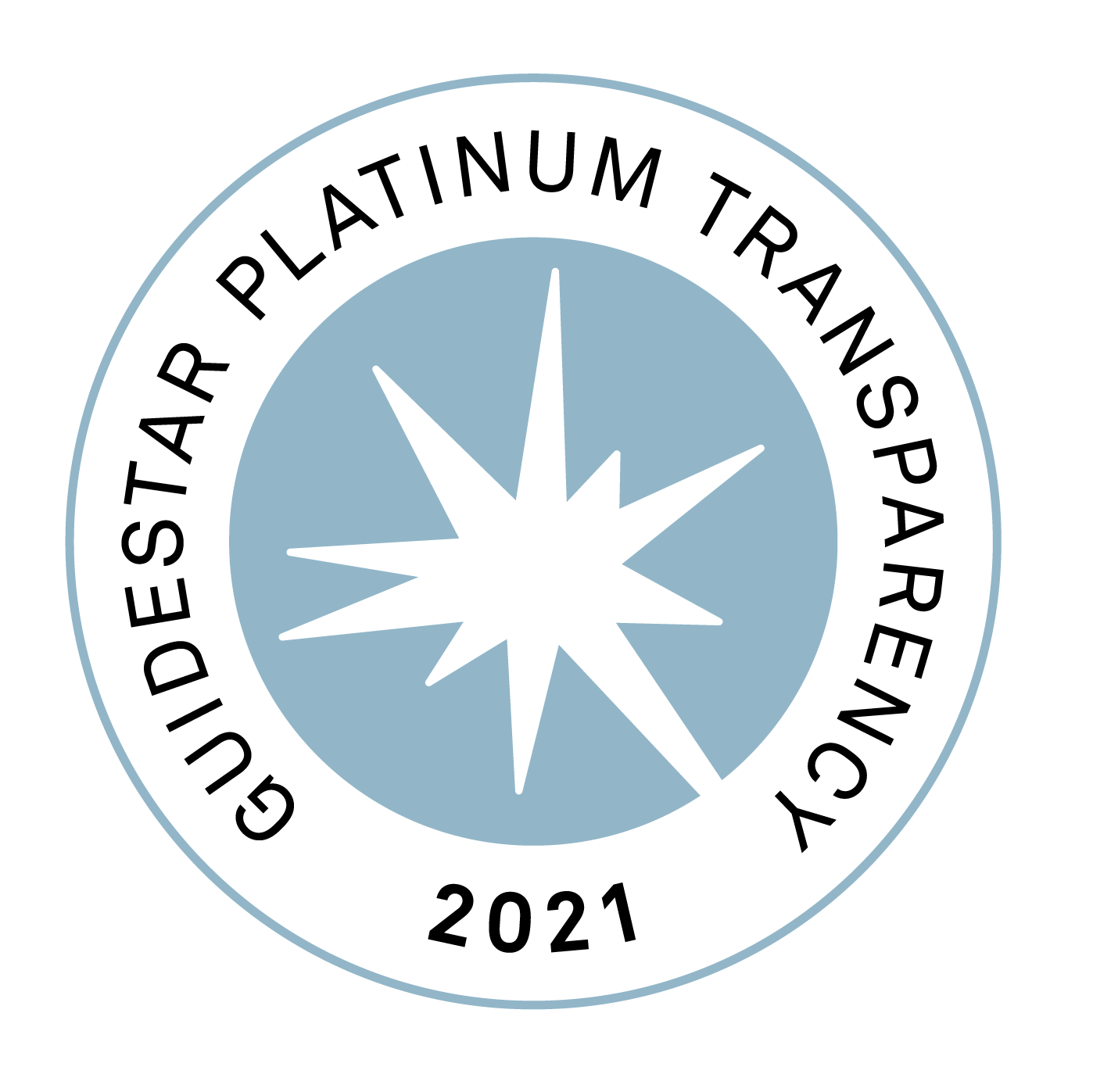Forecasts suggest that meeting the current target of limiting the rise in global temperatures to 1.5° will need deep and sustained emission reductions. Removals are also key to compensate for any remaining emissions that are hard-to-abate in the foreseeable timeframe.
As an official mechanism of the UNFCCC and the Paris Agreement, REDD+:
Supports sovereign carbon credits
According to Article 6.3 of the Paris Agreement, all ITMOs must be authorized by participating Parties. Thus, all REDD+ results and ITMOs are recognized by host a government.
Aids developing countries where it’s most needed
REDD+ finance is strategically invested in those sectors that need it the most, as prioritized and defined by host governments in their national REDD+ strategies and NDCs. Note that these strategies are subject to ample stakeholder consultation and safeguards.
Directly impacts the global carbon budget
REDD+ results and ITMOs are reported through biennial transparency reports (BTR) containing the country’s national GHG inventory, as well as through the required Article 6 reporting. Thus, REDD+ emissions reductions, removals and financial contributions directly impact the Paris Agreement’s recurring global stocktake which takes place every 5 years.
Emission reductions and removals can only be accounted for once
Under Article 6, host countries are required to “correspondingly adjust” for any ITMO transaction. This ensures that units are only used once, as registered in each country’s national registry, and noted in the centralized registry housed in the UNFCCC.
Helps countries leverage further climate ambition
Countries must update their NDCs every 5-year to increase ambition. Decreasing ambition is not allowed under the Paris Agreement (called no-backsliding). REDD+ finance helps countries achieve their NDCs and to finance additional climate action.
Is fully integrated with the 5-yr NDC belt-tightening
REDD+ finance helps countries achieve their NDCs. REDD+ results and ITMOs can be seamlessly integrated in national climate targets, following the appropriate carbon accounting provisions defined under the UNFCCC. This provides transparency and enhanced accounting.
Respect local law and regulations
By financing a national program directly, REDD+ finance complies with local law and regulations, ensuring that contributions are managed by the highest authority in the country – the national government. Note that REDD+ safeguards require the full and effective participation of all stakeholders, including local communities and Indigenous Peoples. National governments ensure this coordination and a distribution of benefits that is equitable and fair.
Is not subject to leakage
The COP requires that REDD+ measurement, reporting and verification is conducted at the national level. Subnational accounting is only allowed as interim measure. Most countries elected to account for their entire national territory, ensuring that there is no risk of leakage, i.e. displacement of emissions. This means that REDD+ finance is effectively reducing emissions and promoting removals at scale.
Is not subject to conflict of interest
REDD+ verifications of emissions reductions and removals are facilitated by the UNFCCC Secretariat and are conducted by certified international experts. These experts are not paid to conduct the verifications, it is part of the peer-review process established by the COP. Audits are not paid for by the host country nor the buyer. This ensures there is no conflict of interest.


